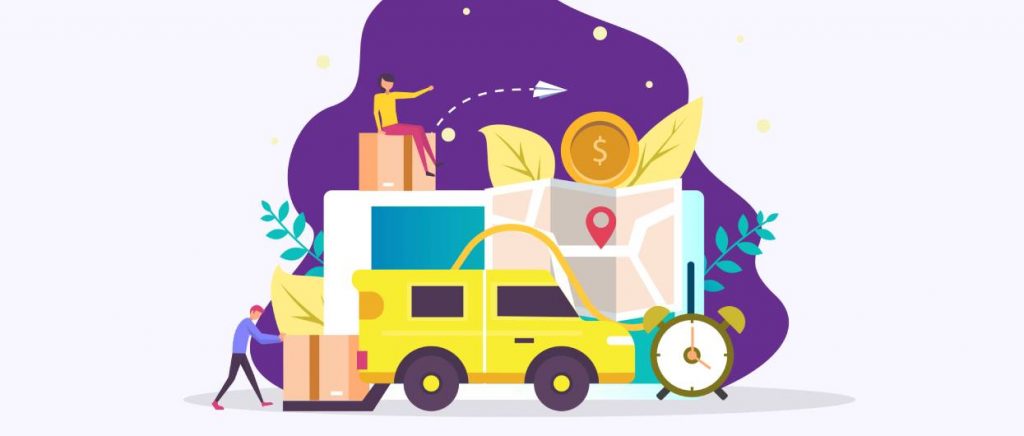Logistics and supply chains is a frontrunner and major driver of not just national and international trade but is also the lifeline of smaller businesses, start-ups, and entrepreneurs.

You probably also didn’t know that our Prime Minister has announced ₹100 crores for the ‘Gati Shakti’ master plan that is focused on accelerating development of the transportation and logistics infrastructure in India. This move is most likely to help the Indian manufacturing sector in reaching markets faster.
Must Read: How to Overcome Visibility Gaps in Supply Chain
Well, that’s not all. The National Logistics Policy introduced by the government is further designed to promote seamless movement of goods through focus on digitisation, process re-engineering, multi-modal transport, EXIM trade, etc. This further provides a huge opportunity to trade and enhance the Logistics Performance Index of our country.
Now, without any further ado, let’s tell you about the top logistics and supply chain trends for 2021.
Digitization
Technology is without a doubt the most efficient way to resolve all supply chain disruptions. From advancements in warehouse management systems, use of AI, and ML in inventory management, tracking and order placements, scheduling etc, technology has altered the logistics and supply chain operations all across the country. We have also witnessed a rise in demand for third party logistic service providers which has further raised the bar with strong technology-driven innovations.
Big Data
Only through the means of data collection, analysis, and demand forecasting can a company have massive strides in operational efficiencies and cost savings. Over the years, technology has swiftly changed a lot. Today, we can see some 80,000 vehicles with each of them having more than 200 onboard sensors that not only measure speed, but also braking, backing up, location, and idling time. The fun fact is that sensors collect diagnostic data on the vehicle battery and tire pressure, allowing for preemptive maintenance.
Then comes the big-data-driven predictive modeling which is the basis for massive gains in route optimization. Owing to the proliferation of GPS and location sensors, along with real-time traffic updates, companies of today can optimize delivery windows regardless of construction, parades, accidents, decrease mileage, etc.
Also Read: Tips To Establish Your Startup’s Global Supply Chain
Increased Number of Organized Players
With the rise in demand for value-added services, faster digital adoption, cashless and contactless deliveries, and a massive surge in online retail during the worldwide COVID-19 crisis, there was a consolidation of the sector, driven by an increased demand for integrated supply chain services. That’s right, the isolated network of transporters, freight forwarders, warehouse owners and managers and air and ocean freight carriers are now starting to join hands with larger organised players to enhance their own market reach, and in turn, enjoy better returns.
Capital Influx
The growth potential of the logistics and supply chain sector is huge and the massive cumulative impact of supportive government policies have led to a keen interest from private investors and equity funding groups. The wave of technology based logistic start-ups, consolidation of the sector, and government’s decision to allow FDI in this sector have landed us in a massive influx of funds from private players.
That’s certainly true because in 2020 alone, the Indian logistics and supply chain sector witnessed a total funding of $454.2 million, with early stage start-up’s claiming 45% of it. With such consistent and fast-paced growth, this investment amount is but the beginning of a long and steady rise.
Environmentally-Friendly Operations
There’s definitely a rise in demand for adopting greener business solutions. A lot of companies in the sector are turning to eco-friendly and sustainable operations, that are also smarter, technology driven, and cost effective. Whether its the use of electric vehicles, building smarter warehouses with energy-efficient systems, or creating greener cold-supply chains and solar-powered temperature-controlled units, this sector is transforming rapidly.
Recommended Read: How the Pandemic Pushed Forward Supply Chain Transformation
For more articles like “Logistics and Supply Chain Trends for 2021”, follow us on Facebook, Twitter, and LinkedIn.